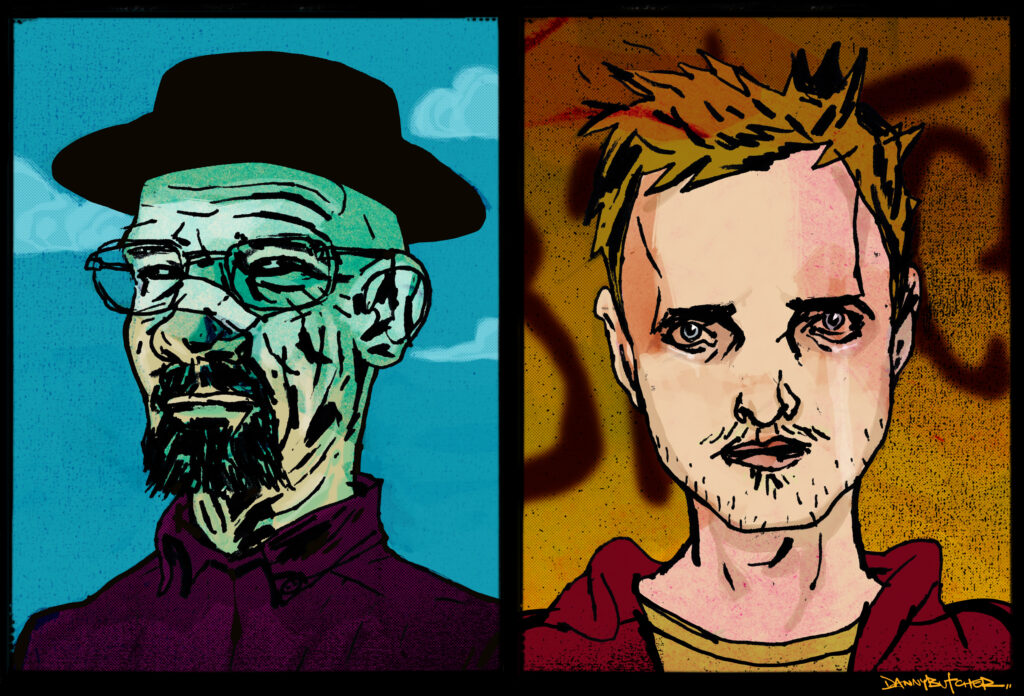As teachers, there is a lot we can learn from storytellers. In this post, we consider the narrative hook – a storytelling device that can be effective for getting students' attention.
A desperate man
Walter is naked except for his white underpants and an old-style gas mask which completely covers his face. The hot desert sun shines through the windscreen and causes sweat to pour down his forehead and into his eyes. This makes it difficult to see the road ahead.
Jesse, Walter’s partner-in-crime, lies across the passenger seat, also masked and still unconscious.
The back of the van is flooded. The liquid swills from side to side as a result of Walter’s frantic driving. And rolling around in the liquid are the bodies of two men. Are they dead?
Suddenly, a tight corner causes the van to leave the road. It crashes into a ditch and comes to a sudden stop. Walter gets out of the van. He takes off his gas mask to inspect the damage. It’s not good. He throws the gas mask against the road in anger.
In the distance, the sound of sirens. The cops are on their way.
Narrative hooks
Do you recognize this? It’s my attempt to describe the very first scene of the Breaking Bad series (Pilot, Season One).
Note how writer Vince Gilligan chose not to start the story at the beginning. Rather, he chose to go straight for the action – in media res (Latin: “into the middle of things”).
Note the curiosity – the questions that emerge in the viewer’s mind: What’s going on here? Who are these people? Why is this man almost naked? What’s with the gas masks? What have they done?
As an experienced consumer of stories, you instinctively know that all of these questions will be answered. But until that happens, you will probably start to invent some answers of your own. After all, it is impossible to turn off the imagination at a time like this. You are now invested in the story.
Note how active this process is. You might be sitting and staring at your TV screen. But that does not mean that you are a passive viewer. There is no such thing. Making meaning is a highly-cognitive process.
Good storytellers know how to engage an audience. And language teachers can learn from them. In this case, writer Vince Gilligan has used a storytelling device called a narrative hook. By taking a non-linear approach to the story, he gets the viewer’s attention. He compels you to keep watching.
The classroom
"OK students. Today you are going to learn to talk about things that you like doing and how often you like doing them. Please turn to page 43 and do the activity on adverbs of frequency."
It doesn’t have to be this way. With some minor adjustments, we can design our lessons so that students are engaged from the very beginning.
Story and language are inseparable. And when you can identify the narrative in the language that you teach, the result is a more engaging and meaningful experience for everyone.
Notes:
- This article was originally shared as a LessonSteam Post. Click on the button below to sign up for free. For discussion, join the LessonStream Facebook group.
- A big thank you to Danny Butcher for permission to use his Walter & Jesse image. Click here to follow Danny on Instagram and click here to visit his website.


